Chinese Characteristics
Douban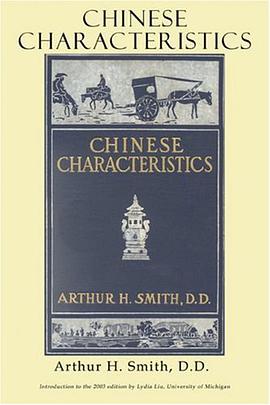
Arthur H. Smith
résumé
Chinese Characteristics (1894) was the most widely read American work on China until Pearl Buck’s The Good Earth (1931). It was the first to take up the task of analyzing Chinese society in the light of "scientific" social and racial theory.
Written as a series of pungent and sometimes comic essays for a Shanghai newspaper in the late 1880s, Chinese Characteristics was among the five most read books on China among foreigners living in China as late as World War I and it was read by Americans at home as a wise and authentic handbook. The book was quickly translated into Japanese and just as quickly into Chinese. It was accepted by the Chinese — and has maintained its authoritative status for over a century — as the quintessential portrait of the Chinese race drawn by a Westerner.
Lu Xun, the most prominent Chinese cultural critic of the early twentieth century, urged his students to study and ponder Smith’s message, which was very widely debated in Chinese student circles. Within the last decade (the 1990s), two different, new translations of Smith’s book were published in China and both editions have enjoyed wide distribution and readership. In the West, particularly since World War II, Chinese Characteristics has been widely quoted (though seldom read) as an example of Sino-myopia and Orientalism. Despite such Western pseudo-intellectual bias, Smith’s arguments retain the power to provoke critical introspection among Chinese and, for the honest, among Westerners as well.
contents
List of Illustrations p. 7
Introduction p. 9
I. Face p. 16
II. Economy p. 19
III. Industry p. 27
IV. Politeness p. 35
V. The Disregard of Time p. 41
VI. The Disregard of Accuracy p. 48
VII. The Talent for Misunderstanding p. 58
VIII. The Talent for Indirection p. 65
IX. Flexible Inflexibility p. 74
X. Intellectual Turbidity p. 82
XI. The Absence of Nerves p. 90
XII. Contempt for Foreigners p. 98
XIII. The Absence of Public Spirit p. 107
XIV. Conservatism p. 115
XV. Indifference to Comfort and Convenience p. 125
XVI. Physical Vitality p. 144
XVII. Patience and Perseverance p. 152
XVIII. Content and Cheerfulness p. 162
XIX. Filial Piety p. 171
XX. Benevolence p. 186
XXI. The Absence of Sympathy p. 194
XXII. Social Typhoons p. 217
XXIII. Mutual Responsibility and Respect for Law p. 226
XXIV. Mutual Suspicion p. 242
XXV. The Absence of Sincerity p. 266
XXVI. Polytheism, Pantheism, Atheism p. 287
XXVII. The Real Condition of China and Her Present Needs p. 314
Glossary p. 331
Index p. 333
autres éditions
-
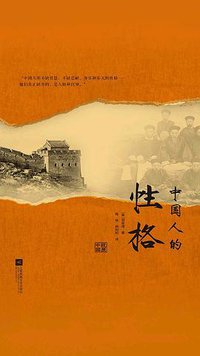 中国人的性格 2018
中国人的性格 2018 -
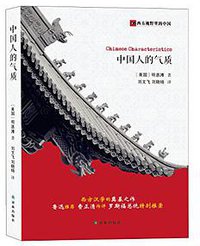 中国人的气质 译林出版社 2016
中国人的气质 译林出版社 2016 -
 中国人的气质 译林出版社 2014
中国人的气质 译林出版社 2014 -
 中国人的德行 2014
中国人的德行 2014 -
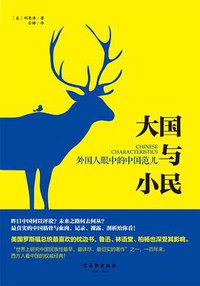 大国与小民:外国人眼中的中国范儿 古吴轩出版社 2014
大国与小民:外国人眼中的中国范儿 古吴轩出版社 2014 -
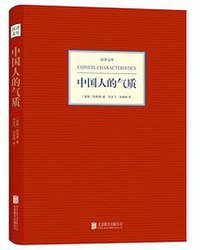 中国人的气质 2013
中国人的气质 2013 -
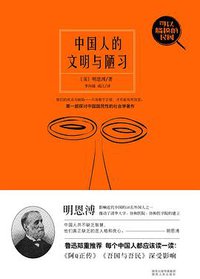 中国人的文明与陋习 陕西人民出版社 2013
中国人的文明与陋习 陕西人民出版社 2013 -
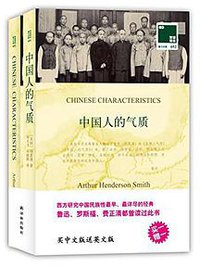 中国人的气质 译林出版社 2012
中国人的气质 译林出版社 2012 -
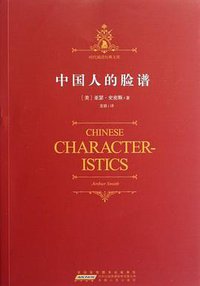 中国人的脸谱 2012
中国人的脸谱 2012 -
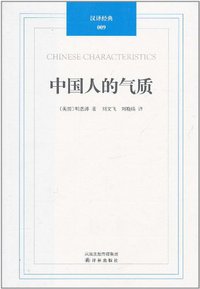 中国人的气质 译林出版社 2011
中国人的气质 译林出版社 2011 -
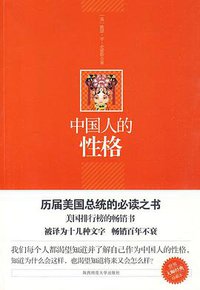 中国人的性格 陕西师范大学出版社 2010
中国人的性格 陕西师范大学出版社 2010 -
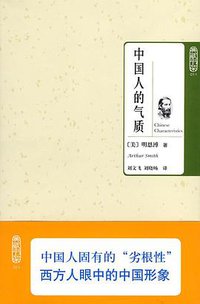 中国人的气质 2010
中国人的气质 2010 -
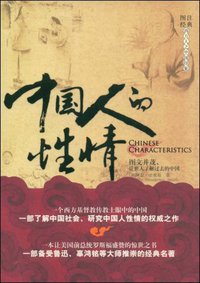 中国人的性情 长征出版社 2009
中国人的性情 长征出版社 2009 -
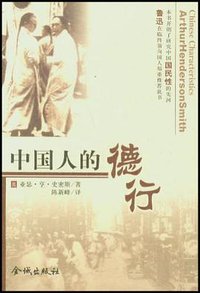 中国人的德行 金城出版社 2008
中国人的德行 金城出版社 2008 -
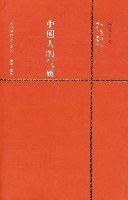 中国人的气质 三联书店上海分店 2007
中国人的气质 三联书店上海分店 2007 -
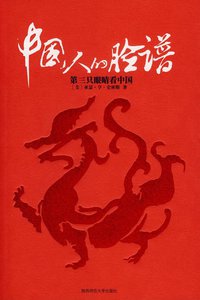 中国人的脸谱 陕西师范大学出版社 2007
中国人的脸谱 陕西师范大学出版社 2007 -
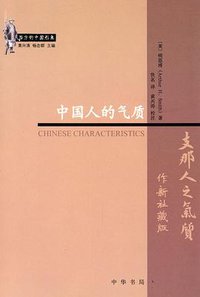 中国人的气质 中华书局 2006
中国人的气质 中华书局 2006 -
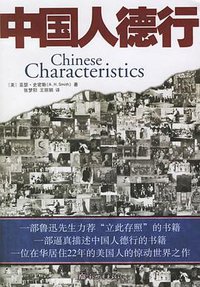 中国人德行 新世界出版社 2006
中国人德行 新世界出版社 2006 -
 文明与陋习:典型的中国人 2004
文明与陋习:典型的中国人 2004 -
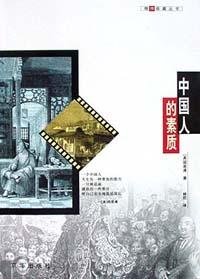 中国人的素质 2002
中国人的素质 2002 -
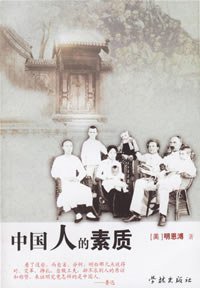 中国人的素质 学林出版社 2001
中国人的素质 学林出版社 2001 -
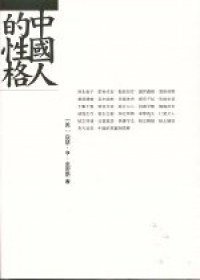 中國人的性格 三聯書店 2000
中國人的性格 三聯書店 2000 -
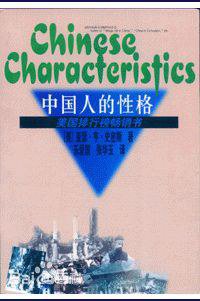 中国人的性格 学苑出版社 1998
中国人的性格 学苑出版社 1998 -
 中国人的特性 光明日报出版社 1998
中国人的特性 光明日报出版社 1998 -
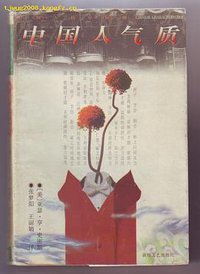 中国人气质 敦煌文艺出版社 1995
中国人气质 敦煌文艺出版社 1995 -
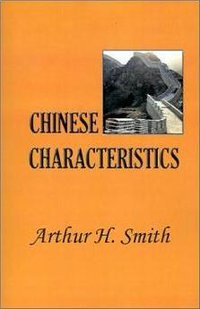 Chinese Characteristics Telegraph Books 1980
Chinese Characteristics Telegraph Books 1980